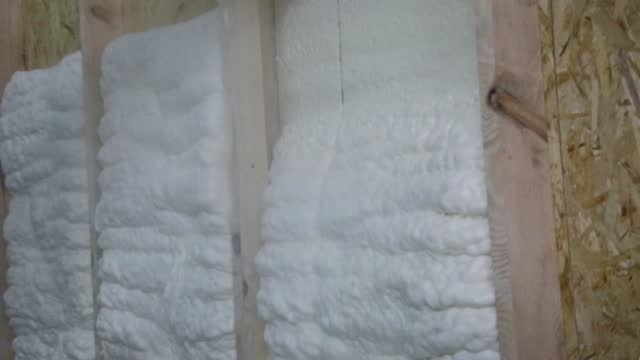Maintaining a dry crawl space is essential for the overall health and integrity of your home. A damp or wet crawl space can lead to a variety of issues, including mold growth, wood rot, and pest infestations. To prevent these problems from occurring, it’s important to follow best practices for maintaining a dry crawl space.
One of the most important steps in keeping your crawl space dry is to ensure proper ventilation. Good air circulation helps prevent moisture buildup by allowing humid air to escape and fresh air to enter. Installing vents in the walls or foundation of your crawl space can help facilitate this airflow. It’s also a good idea to periodically check that these vents are clear of debris and functioning properly.
In addition to ventilation, it’s crucial to address any sources of water intrusion in your crawl space repairs near me. This may involve repairing leaky pipes, fixing cracks in the foundation, or installing a sump pump to remove excess water. It’s also wise to grade the soil around your home so that water drains away from the foundation rather than pooling around it.
Another key aspect of maintaining a dry crawl space is controlling humidity levels. High humidity can contribute to mold growth and other moisture-related issues. To keep humidity in check, consider installing a dehumidifier in your crawl space. This appliance works by removing excess moisture from the air, helping to create a drier environment.
Regular inspections are also essential for preventing moisture problems in your crawl space. Take the time to visually inspect the area for any signs of water damage or mold growth on a regular basis. Addressing issues promptly can help prevent them from escalating into larger problems down the line.
Finally, consider encapsulating your crawl space as an additional measure for maintaining dryness. Crawl space encapsulation involves sealing off the area with a vapor barrier made of heavy-duty plastic sheeting. This barrier helps prevent moisture from seeping into the crawlspace from the surrounding soil or foundation walls.
By following these best practices for maintaining a dry crawl space, you can help protect your home from potential damage caused by excess moisture. Remember that prevention is key when it comes to dealing with moisture-related issues – taking proactive steps now can save you time and money on repairs later on.
In conclusion, keeping your crawl space dry requires attention to detail and regular maintenance efforts but will ultimately pay off in terms of preserving the health and longevity of your home’s structure.
Crawl Space Ninja of Delaware
209 Heronwood Ln, Milton, DE, 19968
302-303-4079

